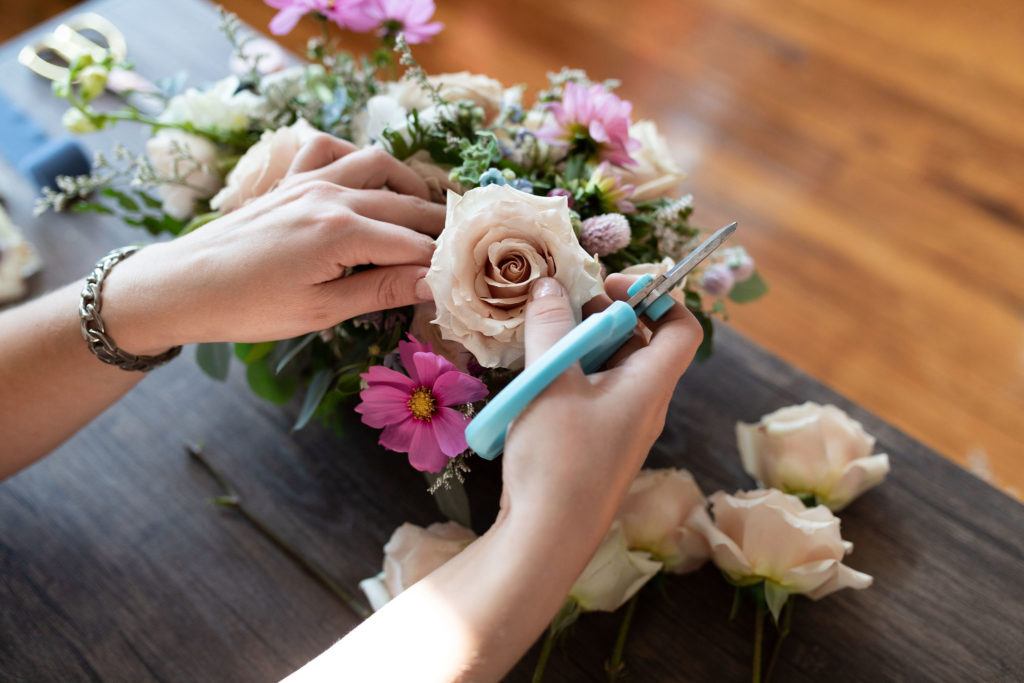Sustainable floral design is a growing trend in the floral industry, driven by the increasing awareness of environmental impact and the desire to reduce waste. It focuses on using eco-friendly materials, sourcing flowers responsibly, and adopting practices that minimize harm to the planet. Sustainable floral design is about creating beautiful, lasting arrangements while being mindful of natural resources and reducing carbon footprints.
What is Sustainable Floral Design?
Sustainable floral design encompasses a range of practices aimed at reducing the environmental footprint of flower arrangements. This includes sourcing flowers from local and organic growers, choosing eco-friendly materials, and ensuring that the design process is waste-free or low-waste. Florists who embrace sustainability in their work aim to create designs that are not only visually stunning but also kind to the planet.
Key Principles of Sustainable Floral Design
- Locally Sourced Flowers: One of the fundamental aspects of sustainable floral design is using locally grown flowers. By purchasing flowers from nearby growers, florists can reduce transportation emissions and support local agriculture. These flowers are often fresher and have a longer shelf life, which reduces the need for preservatives and waste.
- Organic and Pesticide-Free Flowers: Organic flowers are grown without the use of harmful pesticides, which helps preserve biodiversity and promotes healthy ecosystems. Choosing pesticide-free flowers ensures that harmful chemicals do not contaminate the environment or harm beneficial pollinators like bees and butterflies.
- Eco-Friendly Materials: Sustainable floral designers prioritize using eco-friendly materials such as biodegradable floral foam, reusable containers, and natural elements like wood or stone. They avoid using harmful plastics and opt for packaging that is either recyclable, compostable, or made from recycled materials.
- Minimal Waste: Sustainable floral design involves reducing waste by repurposing flowers or leftover materials for other projects. Florists also focus on reusing containers and working with clients to return or recycle the materials used in the arrangements. By planning carefully, florists can reduce the amount of flowers and materials that end up in landfills.
- Supporting Fair Trade Practices: Another key principle of sustainable floral design is supporting fair trade. Fair trade certification ensures that flower growers are paid fairly for their work and that their labor conditions meet ethical standards. It also promotes environmentally sustainable farming practices in flower production.
Benefits of Sustainable Floral Design
- Environmental Impact: The most obvious benefit of sustainable floral design is its reduced environmental impact. By focusing on locally sourced, organic flowers and eco-friendly materials, florists can significantly lower their carbon footprint.
- Healthier Flowers: Organic flowers tend to be healthier and more vibrant due to the absence of chemicals, leading to longer-lasting arrangements.
- Supporting Ethical Practices: By choosing fair trade flowers and materials, florists can contribute to the well-being of growers and workers in the floral industry.
- Customer Appeal: Many consumers are increasingly interested in sustainable products and services, and sustainable floral designs can attract eco-conscious customers who value environmental responsibility.
Conclusion
Sustainable floral design is not just a trend; it is a shift toward more responsible and conscious practices in the floral industry. By using locally sourced, organic flowers, eco-friendly materials, and reducing waste, florists can create stunning arrangements while protecting the environment. Embracing sustainability in floral design allows florists to make a positive impact on both the planet and the people they serve.
